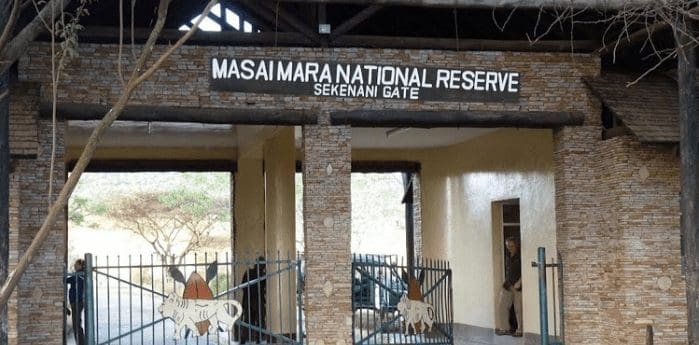Kenya’s game reserves are a haven for nature enthusiasts and wildlife lovers, offering an unparalleled glimpse into the heart of Africa’s rich biodiversity. From the iconic Big Five to breathtaking landscapes, these reserves are more than just destinations—they’re vital for conservation and preserving Kenya’s heritage.
Whether you’re chasing the Great Migration in the Masai Mara or marveling at elephants in Amboseli, Kenya’s game reserves promise unforgettable adventures. This guide will help you explore these remarkable locations, plan your safari, and discover how your visit supports conservation efforts while immersing you in the country’s wild beauty.
Top Game Reserves in Kenya
Masai Mara National Reserve
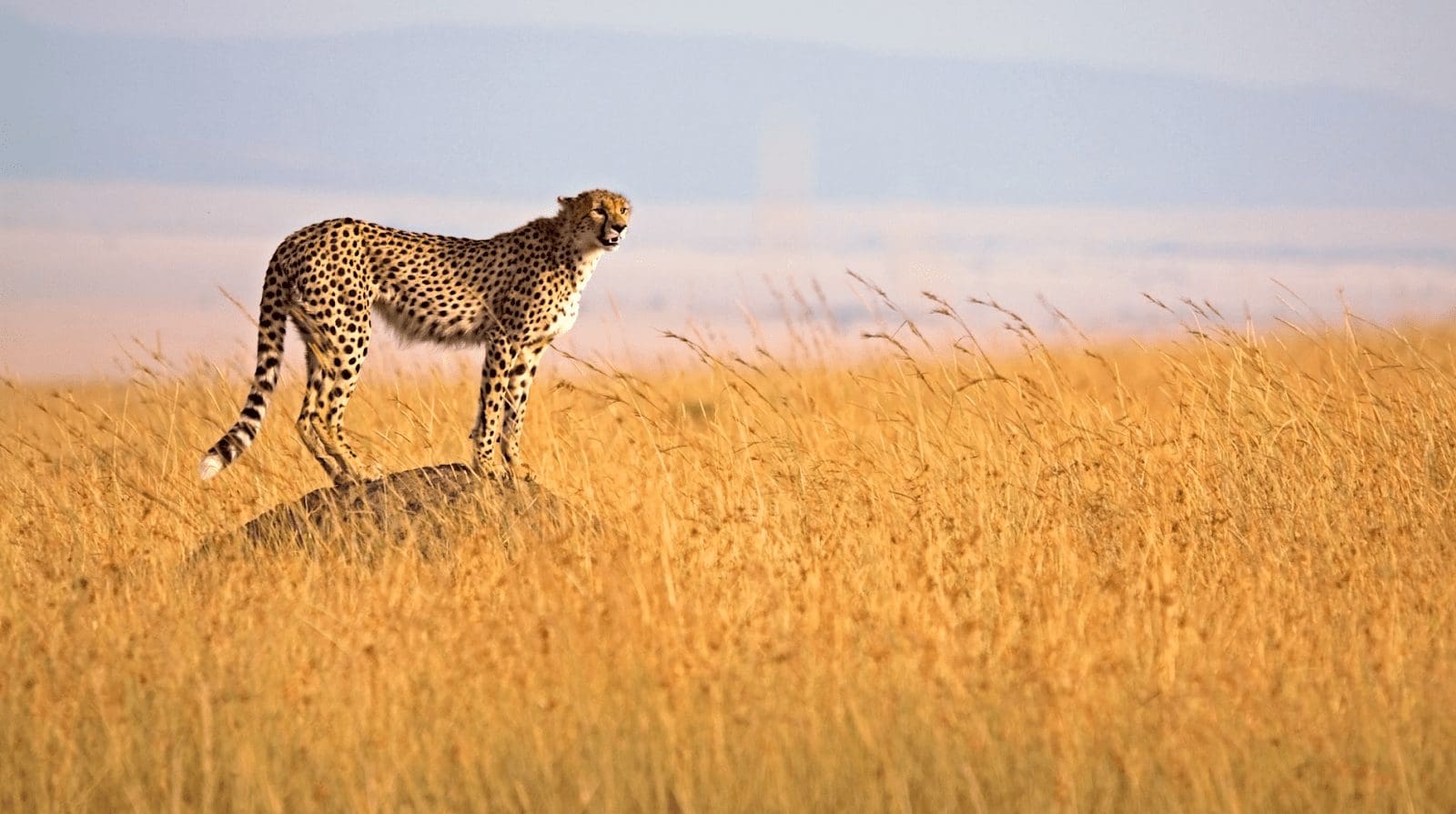
The Masai Mara is Kenya’s crown jewel for wildlife safaris, offering a once-in-a-lifetime experience. Known for its rolling savannahs and unparalleled wildlife density, it’s a must-visit destination for any safari enthusiast.
Highlights:
- The Great Migration (July to October): Witness millions of wildebeest, zebras, and gazelles crossing the Mara River.
- Abundant Big Five sightings: Lions, leopards, elephants, rhinos, and buffalos.
- Immersive Maasai cultural experiences: Engage with local Maasai communities and learn about their traditions.
- Thrilling safari options: Game drives, walking safaris, and hot air balloon rides.
Best Time to Visit: July to October for the migration.
Amboseli National Park
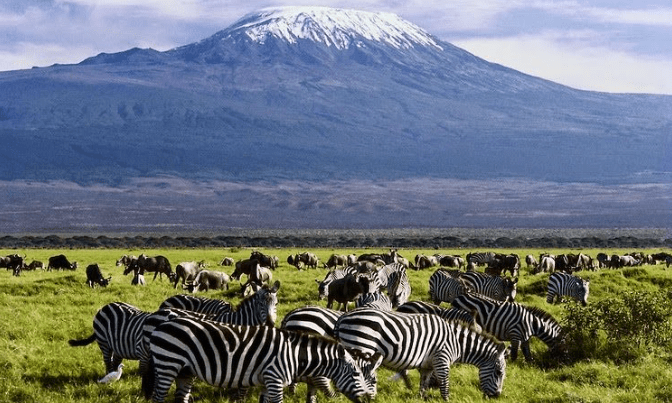
Amboseli is renowned for its stunning vistas and abundant wildlife, especially elephants. This park offers a serene escape where you can experience nature framed by the majestic Mount Kilimanjaro.
Highlights:
- Iconic elephants: Large herds roam the park’s open plains.
- Unparalleled views of Mount Kilimanjaro: A photographer’s dream backdrop.
- Diverse wildlife: Lions, cheetahs, giraffes, and over 400 bird species.
- Accessible wetlands and swamps for easy wildlife spotting.
Best Time to Visit: June to October during the dry season.
Samburu National Reserve
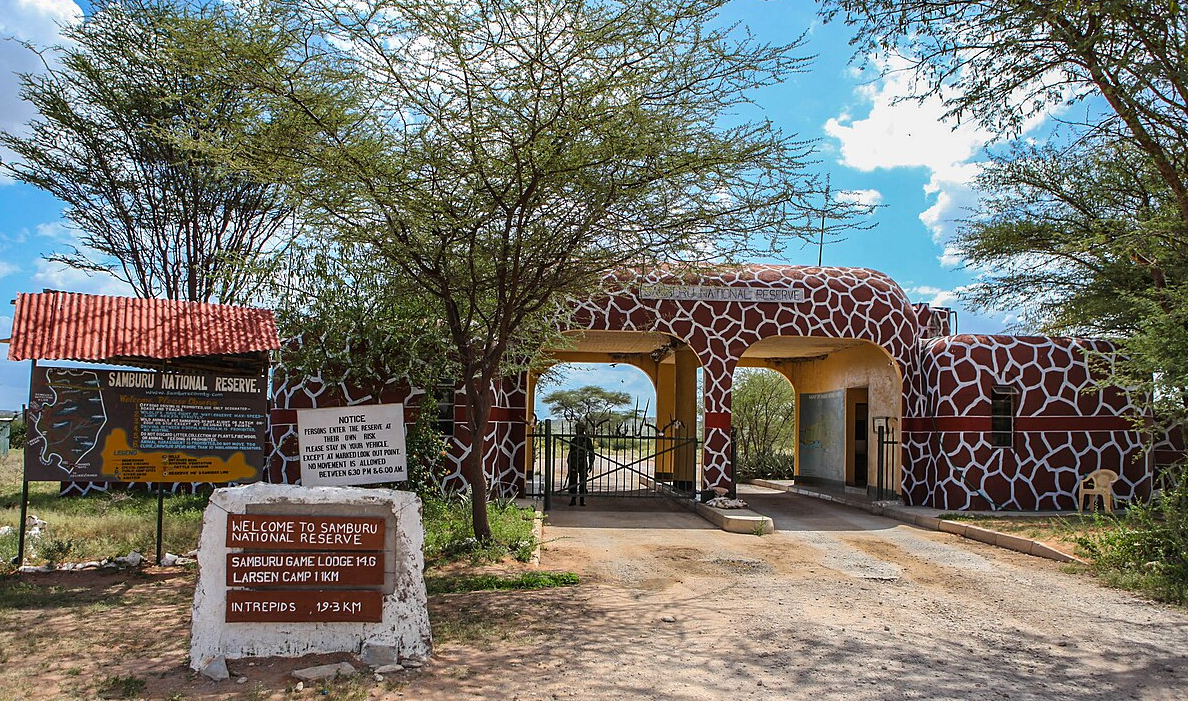
Samburu is a unique destination, showcasing rare wildlife and breathtaking landscapes. Its rugged charm and tranquil ambiance make it ideal for travelers seeking a less crowded safari experience.
Highlights:
- The Samburu Special Five: Grevy’s zebra, reticulated giraffe, Somali ostrich, gerenuk, and Beisa oryx.
- Spectacular birdwatching: Over 450 bird species recorded.
- Thriving wildlife near the Ewaso Ng’iro River, a lifeline for the ecosystem.
- Rugged beauty: Unspoiled and less crowded than other reserves.
Best Time to Visit: June to October and December to March.
Tsavo National Parks (East and West)
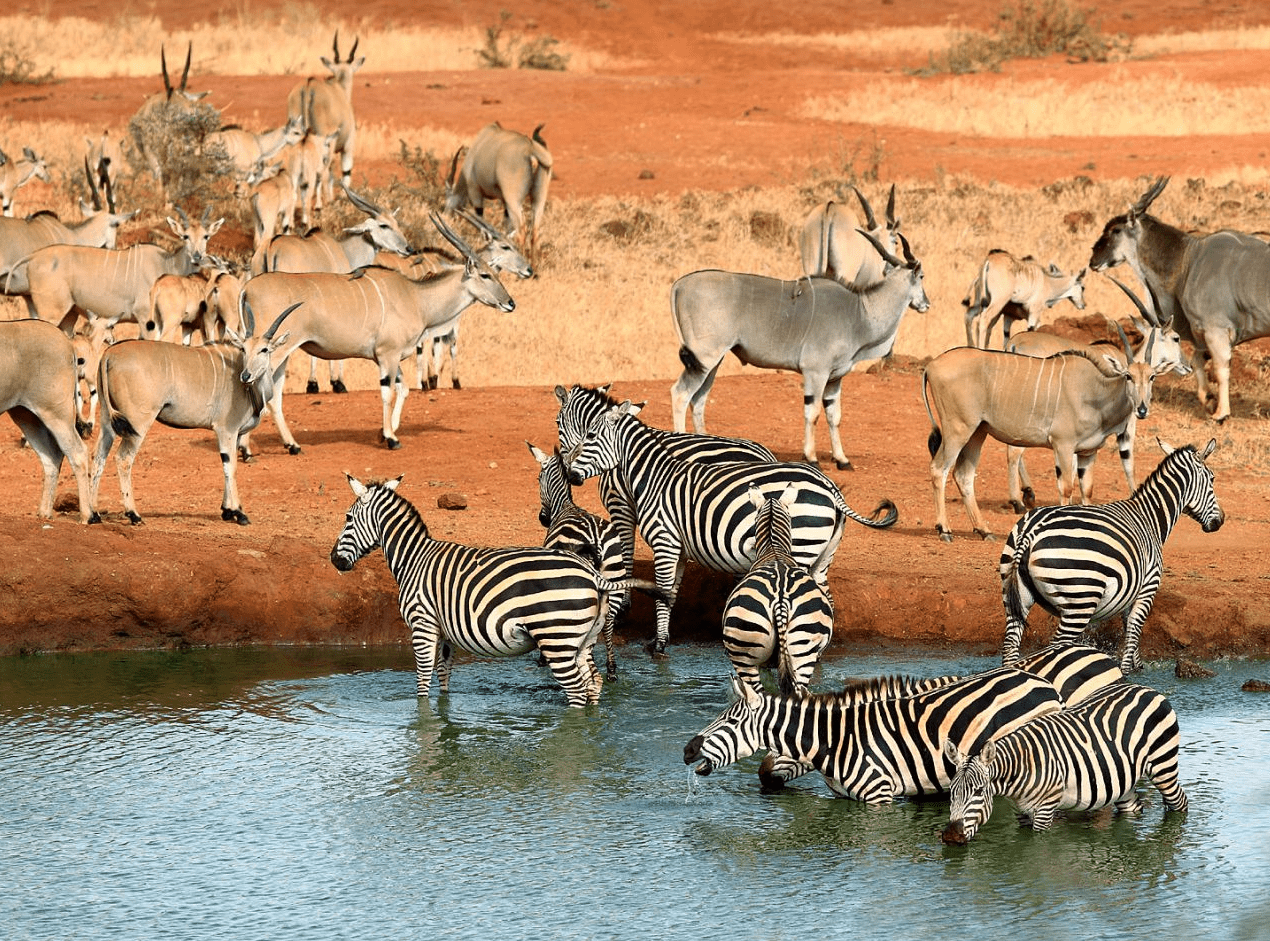
Tsavo is Kenya’s largest national park system, offering diverse landscapes and thrilling wildlife encounters. Its vastness and variety make it perfect for adventurous explorers looking to see the untamed side of Kenya.
Highlights:
- Tsavo East: Famous for its unique “red elephants” covered in the park’s reddish dust.
- Tsavo West: Features the crystal-clear Mzima Springs, Shetani Lava Flows, and lush Chyulu Hills.
- Big cats and large herbivores: Lions, cheetahs, buffalos, and giraffes.
- Stunning scenery: A blend of savannah, volcanic terrain, and wetlands.
Best Time to Visit: May to October.
Laikipia Plateau
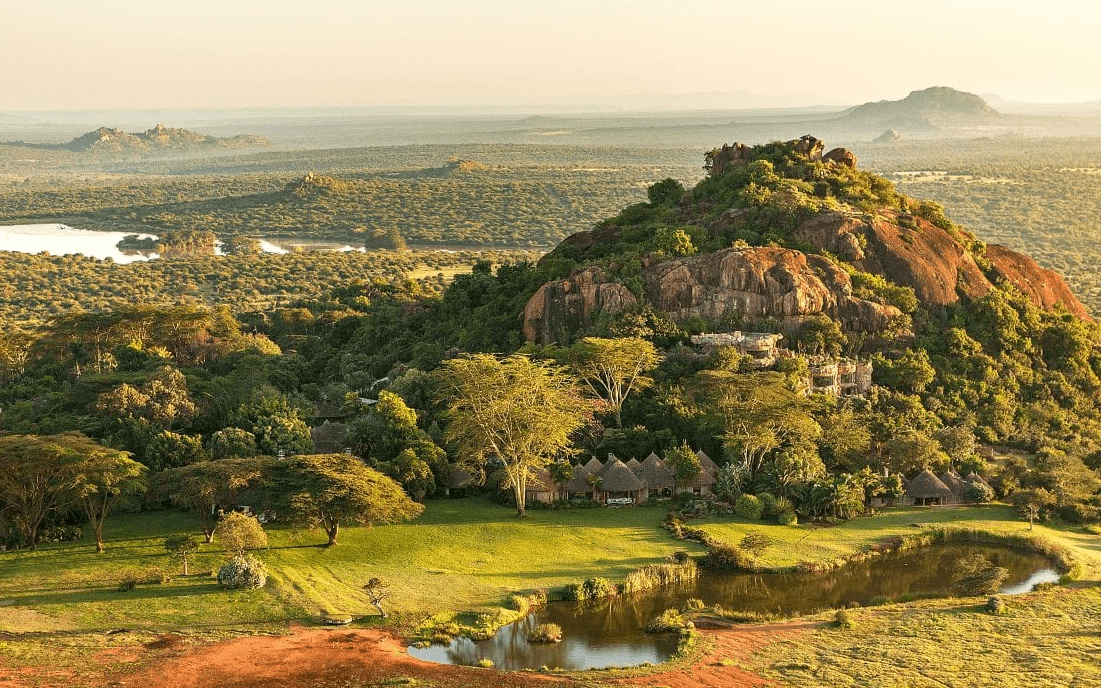
Laikipia offers a more exclusive, conservation-focused safari experience. Combining wildlife conservation with cultural immersion, it provides a well-rounded and unique safari adventure.
Highlights:
- Private conservancies: Enjoy intimate wildlife experiences in uncrowded environments.
- Leading rhino conservation efforts, including black and white rhinos.
- Unique activities: Horseback safaris, camel treks, and night game drives.
- Vibrant local communities: Learn about sustainable tourism and cultural practices.
Best Time to Visit: December to March and July to October.
Each game reserve offers something exceptional, ensuring your journey through Kenya is both adventurous and deeply enriching. With Mara Wanderlust, you can craft the perfect safari to explore these magnificent destinations.
Planning Your Safari
Choosing the Right Time to Visit
Timing is everything when planning a safari in Kenya. The dry seasons, which run from June to October and December to March, are ideal for wildlife viewing. During these months, animals congregate around water sources, making them easier to spot. This is also the period for iconic events like the Great Migration in the Masai Mara (July to October). However, the wet season, while less predictable for wildlife spotting, offers lush landscapes and fewer tourists, which can be appealing for those seeking a quieter experience.
Accommodation Options
Kenya’s game reserves offer a wide range of accommodations to suit every traveler’s preferences and budget.
- Luxury lodges: These provide world-class amenities, gourmet meals, and often prime locations for wildlife viewing. Many lodges also offer private game drives and spa services for a truly indulgent experience.
- Mid-range tented camps: A perfect balance of comfort and affordability, these camps allow you to stay close to nature without compromising on convenience.
- Budget-friendly campsites: For the adventurous traveler, basic campsites offer a more rustic and economical way to experience the reserves. Most come with essential amenities and the chance to immerse yourself in the wilderness.
Each option promises a unique experience, so choosing depends on your preferences for comfort, cost, and proximity to wildlife.
Safari Types
Kenya’s safari options are as diverse as its wildlife, ensuring there’s something for everyone.
- Guided game drives: These are the most popular and accessible option, with experienced guides leading you through the reserves to spot wildlife.
- Walking safaris: For a more intimate experience, walking safaris let you explore the terrain on foot, bringing you closer to nature while learning about the ecosystem from knowledgeable guides.
- Balloon safaris: For a bird’s-eye view of the savannah, balloon safaris offer a magical perspective, especially at sunrise, as you float above the landscapes teeming with wildlife.
With the right planning and choice of activities, your safari in Kenya can be tailored to create memories that will last a lifetime. Whether you seek adventure, luxury, or connection with nature, there’s a perfect safari waiting for you.
Conservation and Responsible Tourism
Kenya’s game reserves are more than tourist attractions—they are critical to the preservation of wildlife and ecosystems. These protected areas serve as safe havens for endangered species like the black rhino, Grevy’s zebra, and African wild dog, safeguarding them from threats such as poaching and habitat loss.
Additionally, reserves like the Masai Mara and Laikipia Plateau lead in conservation efforts by promoting anti-poaching initiatives and community-based wildlife management. Beyond protecting individual species, these reserves maintain ecological balance, ensuring that predators, prey, and their habitats thrive for generations.
How Tourists Can Support Sustainable Practices
As a visitor, your actions play a crucial role in ensuring the sustainability of these reserves. Here’s how you can contribute:
- Choose eco-friendly accommodations: Opt for lodges and camps that prioritize green practices, such as solar energy, water conservation, and waste reduction.
- Respect wildlife and local culture: Maintain a safe distance from animals, avoid feeding them, and adhere to your guide’s instructions. Engage with local communities in a respectful and meaningful way.
- Support conservation programs: Contribute to initiatives that fund anti-poaching efforts, wildlife research, and habitat restoration. Many reserves and conservancies offer opportunities to donate or participate in their programs.
- Minimize your footprint: Avoid single-use plastics, dispose of waste responsibly, and use eco-friendly products during your safari.
- Travel with responsible operators: Partner with companies, like Mara Wanderlust, that prioritize ethical tourism and give back to local communities.
By supporting conservation and embracing sustainable practices, you not only enhance your safari experience but also help ensure that Kenya’s game reserves remain a sanctuary for wildlife and a source of inspiration for future travelers.
Embark on an Unforgettable Safari Adventure
Kenya’s game reserves offer a breathtaking blend of wildlife, stunning landscapes, and cultural richness, making them a must-visit destination for any traveler. Whether it’s witnessing the Great Migration, marveling at elephants against the backdrop of Mount Kilimanjaro, or exploring the rugged beauty of Samburu, every moment promises to leave you in awe.
At The Mara Wanderlust, we’re dedicated to crafting personalized safari experiences that connect you with Kenya’s natural wonders. Let us guide you through this unforgettable journey and create memories you’ll treasure for a lifetime. Your African adventure awaits—start planning today!
FAQs
What is the best time to visit Kenya’s game reserves?
The dry seasons, from June to October and December to March, are ideal for wildlife viewing. Animals gather around water sources, making them easier to spot. For special events like the Great Migration, plan your visit between July and October.
Do I need vaccinations before traveling to Kenya?
Yes, vaccinations for yellow fever are often required, and malaria prevention medications are highly recommended. Additional vaccines, such as hepatitis A, typhoid, and tetanus, may also be advised. Consult your healthcare provider several weeks before your trip for personalized recommendations.
Is it safe to visit Kenya’s game reserves?
Kenya’s game reserves are generally safe for tourists, with well-trained guides ensuring secure experiences. To enhance safety, follow travel advisories, stick to designated paths, and adhere to rules provided by park officials and tour operators during your visit.
What should I pack for a safari in Kenya?
Pack lightweight, neutral-colored clothing to blend into the environment, comfortable walking shoes for game drives or walking safaris, and essentials like a hat, sunscreen, insect repellent, a reusable water bottle, and binoculars for better wildlife viewing.
How can I support conservation efforts during my visit?
Opt for eco-friendly accommodations that prioritize sustainability, avoid disrupting wildlife or littering, and engage respectfully with local cultures. You can also contribute to reputable conservation organizations working to protect Kenya’s wildlife and ecosystems for future generations.

